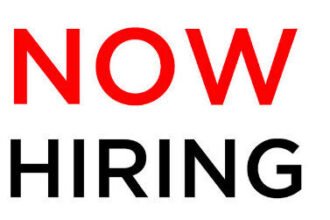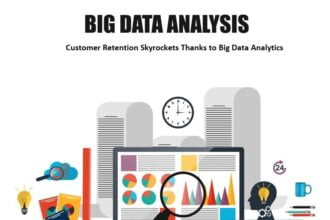Article written by guest blogger, Cathy Missidline, SPHR, Chief Performance Officer, Intellectual Capital Consulting
Have you decided it’s time to graduate from HR metrics to HR analytics? I believe it’s more than time; we have been tracking just metrics long enough. It’s time to use the HR data we have been tracking, turning that data into analytics delivering insight to our leaders so that our companies can be best the can be.
Article written by guest blogger, Cathy Missidline, SPHR, Chief Performance Officer, Intellectual Capital Consulting
Have you decided it’s time to graduate from HR metrics to HR analytics? I believe it’s more than time; we have been tracking just metrics long enough. It’s time to use the HR data we have been tracking, turning that data into analytics delivering insight to our leaders so that our companies can be best the can be.
Often I am asked the question, “How do I get leadership support for HR Analytics?” My answers have varied over the years but went something like this:
Start with low hanging fruit
Solve an important business problem using analytics
Figure out where strategy is not being executed and figure out why using the data
After the webinar, “Achieve Greater Business Impact–Move Beyond Measuring HR Metrics to Workforce Analytics” that I participated in with Visier last week, my answer is now different. John Schwarz, CEO of Visier explained the process of making the business case for analytics during the webinar. In other words, he described, “How does the business benefit from embarking on such a journey?”
I began to think about past client engagements that have been won and lost when analytics projects were involved. Most of the lost projects were due to the HR Professional’s inability to make a business case for analytics to the CEO/C-Suite. I am not trying to be harsh here, this is just reality. HR professionals have not been used to making business cases for HR spends. Now, that every expense is watched like a hawk, initiatives are chosen based on their ability to increase revenue and/or increase profitability and/or decrease costs.
As I try to understand the difficulty behind this issue, I remember that business cases need data to make them stronger and more convincing to the CEO. The CEO in this “slow climb out of recession” era is very risk adverse. He/She will not be making investments that don’t point to a clearly articulated ROI. The CEO has many initiatives he is considering on a yearly basis and a budget that those initiatives have to be considered against. So, the VP with the best business case wins.
Let’s talk about some essentials for a great business case:
1) Clearly articulated issue/problem that is tied directly to the organizational strategy
2) Well thought out options that will solve that issue
3) Recommended solution with cost benefit and ROI calculations.
4) A project plan that lists critical milestones and objectives
5) Measures for success
In John’s ROI example from the June 14th Webinar, he clearly articulated benefits (ROI) in support of HR analytics in three major areas: 1) efficiency, 2) Direct benefits and 3) Secondary benefits for a 5000 employee company. The total savings work out to approximately $1000 per employee per year.

In the example above, it really is an easy decision based on the dollars involved and assuming the project cost is far less than the benefits derived. (which they were)
I believe by creating the business case first you accomplish several objectives at once. First, you can educate the C-Suite on how important HR analytics really are to the business. Also, by starting with the business case resources may be easier to obtain. So for example, the acquisition of technology on the front end is much easier at the start of the analytics journey rather than having to rework the process months into the journey when the C-Suite figures out that analytics are the way to go.
So now, my answer is different, you want to start your HR analytics journey, start with a clearly articulated business case. After you have the support from leadership you are ready to embark on the tactical steps of the analytics journey. Be sure to listen to the archived webinar to hear about the 9-step process of moving from metrics to analytics.








